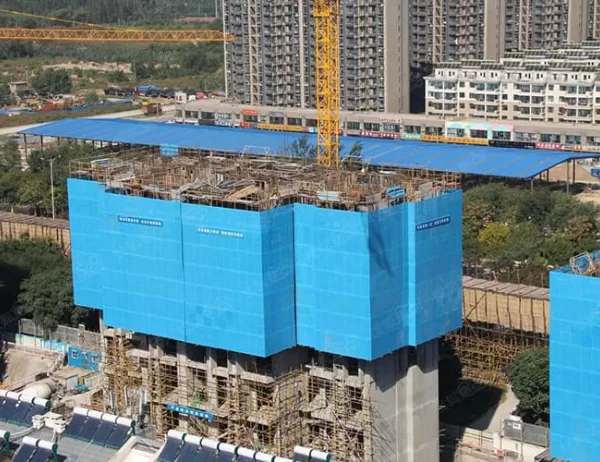Automotive aluminum extrusions are becoming increasingly popular due to their lightweight, strength, and corrosion resistance. However, there are also some common challenges associated with using aluminum extrusions in automotive applications. This article will discuss some of these challenges and provide solutions to overcome them.
Challenges and Solutions
Corrosion
Aluminum is a highly reactive metal, which means that it can easily corrode when exposed to certain elements, such as salt, moisture, and acids. To prevent corrosion, automotive aluminum extrusions are typically coated with a protective layer, such as anodizing or painting.
– Anodizing is an electrochemical process that creates a hard, protective oxide layer on the surface of the aluminum. This layer is resistant to corrosion and wear and tear.
– Painting is another common method of protecting aluminum extrusions from corrosion. Paint provides a barrier between the aluminum and the environment, preventing corrosion from occurring.
Strength
While aluminum is a lightweight metal, it can be relatively weak compared to other materials, such as steel. To increase the strength of aluminum extrusions, they can be alloyed with other metals, such as copper, magnesium, or manganese. These alloys can significantly increase the strength of the aluminum without adding much weight.
Joining
Joining aluminum extrusions can be challenging due to the metal’s low melting point. Traditional welding methods, such as arc welding, can damage the aluminum and weaken the joint. To overcome this, automotive aluminum extrusions are typically joined using mechanical fasteners, such as rivets, bolts, or screws.
Formability
Aluminum extrusions are typically formed by extruding the metal through a die, which gives them a specific shape. However, it can be difficult to form aluminum into complex shapes. To overcome this, automotive aluminum extrusions are often formed using a combination of extrusion and stamping. This process allows for the creation of more complex shapes while maintaining the strength and integrity of the material.
Cost
Automotive aluminum extrusions can be more expensive than other materials, such as steel. However, the benefits of aluminum, such as its lightweight and corrosion resistance, often outweigh the cost. Additionally, the cost of aluminum extrusions is decreasing as the technology continues to improve.
By understanding the common challenges associated with using automotive aluminum extrusions and the solutions to overcome them, engineers can design and manufacture lightweight, strong, and corrosion-resistant automotive components.




